Carnivorous Butterwort Pinguicula Houseplant
Carnivorous plants definitely fall into the category of weird, wonderful and downright fascinating. Mesmerising houseplant owners of all ages with their striking appearances and fascinating adaptations to capture and feed on insects and small creatures. It is no wonder they have held their popularity for decades.
Pinguicula, commonly known as a Butterwort plant is a natural fungus gnat killer! If you have an issue with this pest this plant is for you.
Each carnivorous plant comes with beautifully illustrated care guides by local Scottish artists.
Please note that the carnivorous plants with minor cosmetic leaf damage are on sale and are not eligible for discounts or refunds. Despite their imperfections, these plants are healthy and will continue to grow, producing plenty of fresh, new leaves over time.
The best place to start with carnivorous plants is by understanding their natural habitat and how their environment has led them to form such unique adaptations. Carnivorous plants have been on the planet for a long time, around forty million years and have been found on almost every continent and tropical island with Antarctica being the only exception.
Carnivorous plants are typically found in areas that are high in natural light and moisture, as well as water-logged areas like swamps where the nutrients in the soil are virtually non-existent. Many of their strange adaptations have been formed from this lack of nutrients.
All plants need basic nutrients to survive and without them, they don’t stand much of a chance.
Nitrogen and phosphorus are two of the most important nutrients plants need, nitrogen is the main component in chlorophyll which plants use for photosynthesis. The other is phosphorus, which is needed to make this process possible. Plants use phosphorus to take in, store and convert the sun’s rays. Without it, they would be unable to use the sun’s energy to create the biomolecules (proteins, amino acids, DNA) they need to grow and reproduce.
Carnivorous plants have adapted over millions of years to get these essential nutrients from their environment. Unable to get these nutrients from the soil they have formed traps to capture insects and small creatures that are rich in the nutrients they lack.
There are approximately 600 different species that fall into the Carnivorous plant category. These different species have found ways of attracting, trapping, killing, and absorbing their prey purely to extract the nutrients they need for survival.
Most carnivorous plants will use bright colours, distinctive smells, and sticky surfaces to attract insects but there are some key mechanisms that make up the variations of carnivorous plants and most species can be spread across these different hunting strategies
- Snap traps use rapid leaf movement to snap shut and capture their prey.
- Bladder traps suck in their prey with a small internal vacuum.
- Pitfall traps entice prey into a small rolled-up leaf with digestive enzymes.
- Flypaper traps utilize sticky mucus to trap their prey.
- Eel traps use inward-facing hairs to force their prey towards the digestive organ.
Looking for an help how to look after your carnivorous and make it thriving?: Click here to check our care instructions to find out how to look after your carnivorous plant.
Would you like to learn about carnivorous plants? Check our article here.
Pet Friendly
Q1: What care requirements do Butterwort plants need to thrive indoors?
A1: Butterwort plants thrive in environments with high natural light and consistent moisture. Place them in a spot with indirect sunlight and keep the soil slightly damp. Avoid fertilisers as these plants obtain nutrients from trapped insects.
Q2: Can I keep a Butterwort plant in a terrarium setting?
A2: Yes, Butterworts are excellent for terrarium settings due to their need for moist environments. Ensure the terrarium is well-lit and has some airflow to prevent mould, which can harm the plant.
Q3: Are Butterwort plants suitable for beginners, and how do they benefit from them being pet-friendly?
A3: Butterworts are great for beginners because of their easy-care nature and ability to handle occasional neglect. Their pet-friendly status also makes them a safe choice for households with animals, eliminating the worry of toxic effects if accidentally ingested by pets.
☀️ Light
☀️☀️▫️ (Medium)
The Carnivorous Butterwort Pinguicula thrives in medium light conditions. It’s perfect for those bright, indirect spots in your home where the sun’s rays are softened by a sheer curtain or slightly shaded by other objects. Direct sunlight can be a bit too harsh, so aim for a place that’s well-lit but not directly under the sun’s full intensity.
💧 Water
💧💧▫️ (Medium)
Butterworts require consistent moisture but are not fond of waterlogged conditions. Allow the surface of the soil to slightly dry out before watering again. It’s vital to use rainwater or distilled water as tap water can contain minerals that may build up and harm the plant.
🌡️ Temperature
🌡️🌡️▫️ (Average)
These plants prefer average room temperatures, ideally between 18°C to 24°C. They can tolerate a bit cooler or warmer temperatures, but sudden changes should be avoided to prevent stress.
💦 Humidity
💦💦▫️ (Moderate)
Butterworts do best in moderate humidity environments. If your home is particularly dry, consider using a humidity tray or a small room humidifier to keep them happy.
🪴 Repotting
Repot your Butterwort every couple of years to refresh the soil and provide room for growth. Use a soil mix specifically designed for carnivorous plants, which typically includes peat and perlite. Ensure the pot has good drainage to avoid excessive moisture accumulation.
🐾 Pet Friendliness
This plant is pet-friendly! You won’t need to worry about it harming your furry friends if they get a bit too curious.
✅🪴 Recommended Locations at Home
Consider placing your Butterwort in areas like the kitchen or near a bathroom window. These spots typically have the moderate light and humidity levels that can help this plant thrive. Living areas with large windows are also great, as long as direct sunlight is avoided.
🌬️🪴 Air Purifying
While primarily known for their insect-trapping abilities, Butterworts can also help purify the air by trapping small dust particles and allergens on their sticky leaves.
✨ Other Plant Features
Besides being a natural pest control solution, especially against fungus gnats, Butterworts are fascinating to watch. Their leaves produce a shiny, sticky substance that both lures and traps insects, which are then digested to supplement the plant’s nutritional needs.
If you have more questions, feel free to ask Mossbot for help, or contact us via our website. Remember, we also offer a free plant hospital service if your plant pals are feeling under the weather!

Free Care Guide With Every Purchase
Scan the plant pot QR for instant access to our care guide for your plant. No hassle, no stress, just healthy and happy plants.
Verified reviews from our customers
| 5 star | 96% | |
| 4 star | 3% | |
| 3 star | 1% | |
| 2 star | 0% | |
| 1 star | 0% |



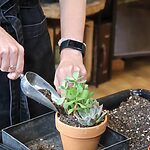
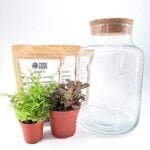
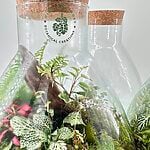
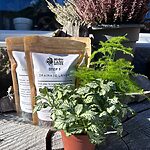

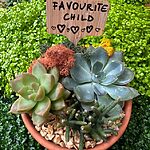
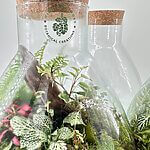


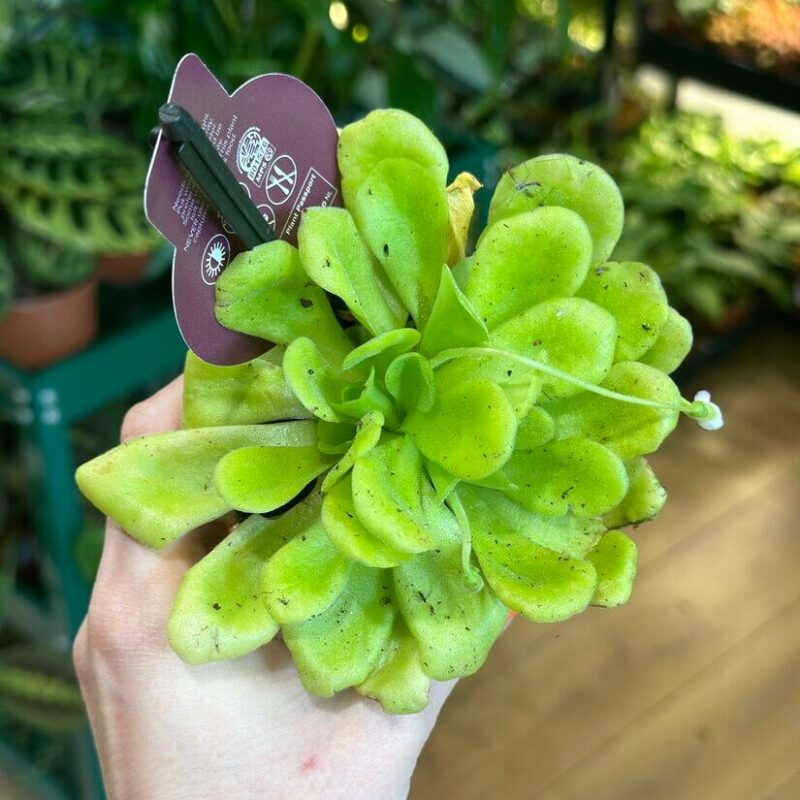





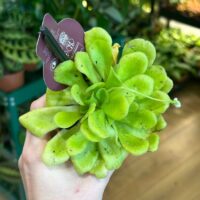
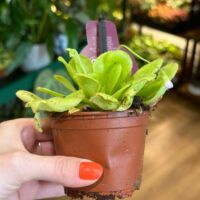
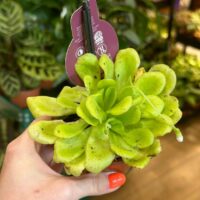
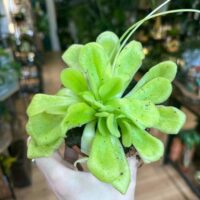
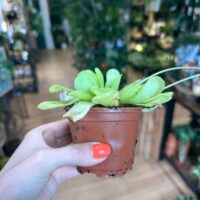
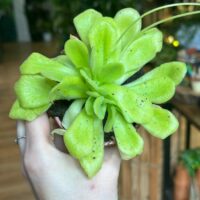
Items were as described, delivered promptly and very well packaged. Would order from this company again.
First time buyer from here. Prompt delivery Postage is a bit steep for what was a small order but overall satisfied and will buy from here again
I love working with the soils,plants and mosses from Highland Moss Co. The quality is exceptional and stunningly beautiful. Highly recommended.
You helped me get what I needed
very quick response time. next day delivery.